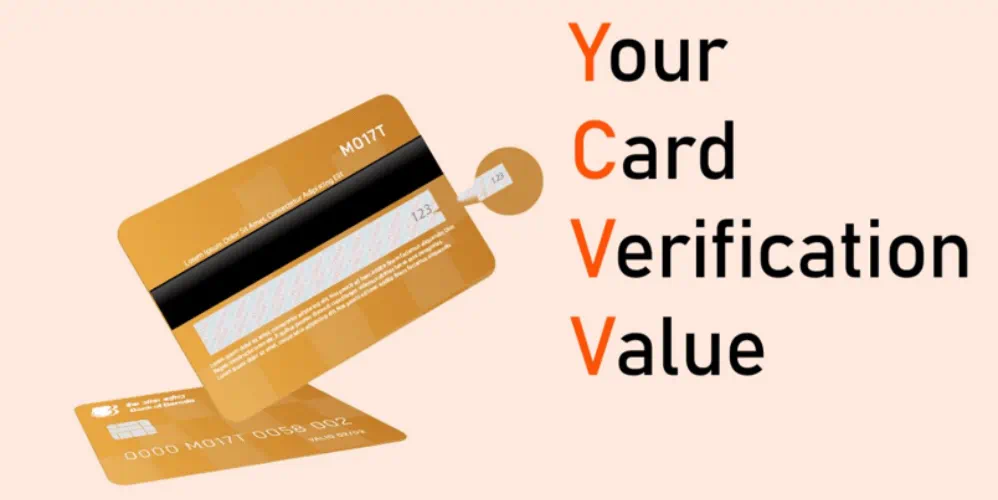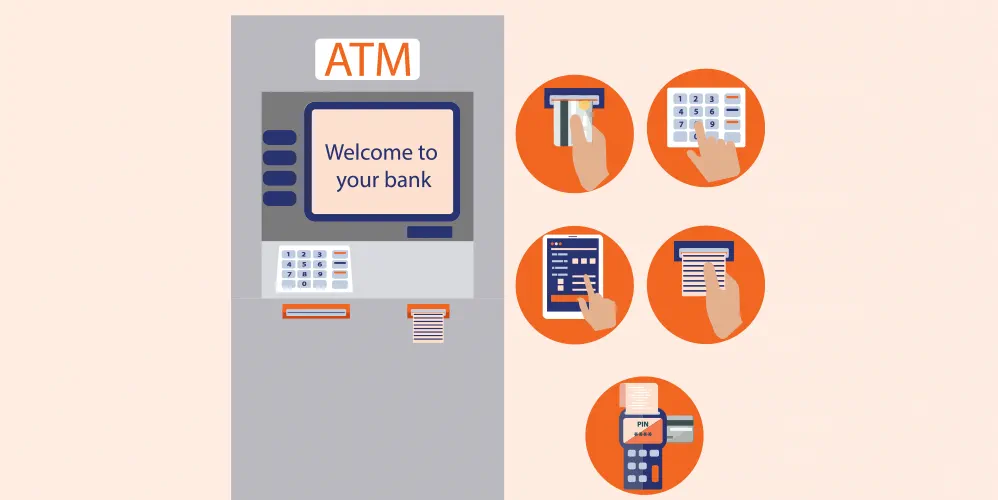
Investing in Debt Funds: A Comprehensive Guide for Steady Returns
10 Jun 2024

Table of Content
Introduction
Financial planning is one of the most crucial aspects of investment and at the same time, an individual needs to understand the various options that are available out there in the market which may further help an individual to make informed decisions. Among the various investment options that are available, debt funds is one of the most popular choices for those who are looking forward to steady returns with lower risk as compared to equity investments. This blog revolves around explaining debt funds, their functioning, features, associated risks and considerations for potential investors.
What is a Debt Fund?
It is a kind of mutual fund which invests in fixed income securities like bonds, treasury bills, commercial paper and other money market instruments. It is designed to provide you with a regular income stream, capital preservation and lower risk as compared to equity funds. One of the basic motives of debt funds is to generate steady returns through interest income and capital appreciation from the underlying fixed-income securities.
Features of Debt Mutual Funds
1. Fixed-Income Securities:
One of the distinct features of debt mutual funds is that they are usually invested in a diversified portfolio of fixed-income securities that involves government bonds, corporate bonds and money market instruments. This also further makes sure that you receive a steady income stream in the form of interest.
2. Lower Risk:
As compared to other kinds of funds such as equity funds, debt funds usually possess lower risk being the reason that they are invested in less volatile instruments. One thing that you should take note of is that they are not entirely risk free and are subject to credit risk, interest rate risk and liquidity risk.
3. Liquidity:
As most of the debt funds offer high liquidity, investors are in turn allowed to redeem their units on any business day which further makes them a suitable option for investors who require quick access to their funds.
4. Professional Management:
Debt funds are managed by professional fund managers, who actively manage the fund portfolio to optimize returns while at the same time managing risk. This, additionally, provides the investors with the expertise and experience that they need in order to navigate the fixed-income market.
Types of Debt Funds
There are various types of debt funds and each of them caters to different investor needs and risk appetites. Some of the common types of debt funds are mentioned below:
1. Liquid Funds:
They usually invest in quite short-term money market instruments which possess a maturity of up to 91 days. Liquid funds are ideal for those investors who are looking forward to a high liquidity and low risk factor.
2. Ultra-Short Duration Funds:
These funds offer slightly higher amounts of returns as they invest in instruments with a maturity period of 3-6 months. Additionally, your return profile can be higher as compared to liquid funds while at the same time maintaining low risk.
3. Short Duration Funds:
It invests in securities where the maturity period is approximately 1-3 years. This fund provides you with moderate returns and at the same time it gives you low interest rate risk.
4. Medium Duration Funds:
These funds invest in instruments which have a maturity period of 3-4 years. It is suitable for those investors who are looking to higher return profile with a moderate level of risk.
5. Long Duration Funds:
These funds invest in instruments which have longer maturities which have a maturity of over 7 years.
With these funds you can get higher returns and at the same time these funds entail increased interest rate risk.
6. Dynamic Bond Funds:
Maturity periods for these funds are not fixed, they also actively manage the portfolio which are based on interest rate movements. These funds are suitable for those investors who have the tolerance of taking a higher risk.
7. Credit Risk Funds:
These funds will offer you higher yields but along with it comes an increased credit risk. It invests in lower-rated corporate bonds. Investors who are willing to take on higher risk for better returns can make the best use of these funds.
How do Debt Funds work?
These funds draw the money from various investors and invests in a diversified portfolio of fixed-income securities. Going ahead, the interest that is generated from these securities is distributed among the investors. Also, the fund’s net asset value (NAV) fluctuates as it is based on the interest rates and credit quality of the underlying securities. Fund managers also actively manage the portfolio so that the returns could be optimized which is further done by adjusting the duration and credit quality of the investments in response to market conditions.
Who should invest in Debt Funds
Debt funds are suitable for a wide range of investors, including:
Conservative Investors:People who are looking forward to stable returns with lower risk as compared to equity funds can invest in debt funds.
Income Seekers:If you are the one who is seeking a regular income through interest payments the debt funds are designed for you.
Short-term Investors:Individuals who are in need to park the funds for a short period with high liquidity can opt for relevant debt fund categories where the duration of underlying securities matches the investment horizon of the client.
Diversified Portfolio Seekers:If you want to diversify your portfolio then debt funds are for you.
Risks Associated with Debt Funds
Credit Risk: This is one of the most prominent risk factors that is associated with debt funds because the issuer of the bond may default on interest payments or principal repayment.
Interest Rate Risk: If there are any changes in the interest rates then it will affect the value of the bonds which are held by the fund. Rising interest rates typically cause bond prices to fall.
Liquidity Risk: There is risk that the funds may not be able to sell their securities quickly enough to meet the redemption requests.
Reinvestment Risk: The proceeds from maturing bonds might be reinvested at lower interest rates thus affecting the gross returns of the fund.
Factors to Consider Before Investing in Debt Funds2
Investment Horizon: Before investing in the debt funds you should consider the duration of your investment and then choose a debt fund which matches your investment horizon.
Risk Appetite: You should also evaluate your risk tolerance and select a fund which is in sync with your risk profile.
Interest Rate Environment: One should have the knowledge of the current and projected interest rate scenario because it impacts the performance of debt funds.
Credit Quality: Investors should ensure they invest in funds where the credit quality of underlying portfolio is robust. Further, Keeping track of credit rating of the securities in the fund’s portfolio is crucial to assess credit risk.
Expense Ratio: Cost of managing funds also has a significant impact on overall returns.
How to Invest in Debt Funds
Choose a Fund: Your risk profile and objectives should align with the debt funds you choose to go ahead with.
Know the Fund’s Performance: Comparing the fund's historical performance and at the same time comparing it with its peers is quite essential.
Investment Platform: It is quite crucial that you choose a reliable platform, financial advisors or online investment portals
Complete KYC: An individual also needs to make sure that their KYC details are up-to-date for seamless investment transactions.
Monitor Regularly: In order to make minor adjustments you need to keep a track of your fund’s performance. The changes can be made based on changes in your financial goals or market conditions,
Conclusion
Having the knowledge of various types of debt funds and the features that they possess might help you to make informed decisions which will be aligned with your financial goals and risk appetite. As mentioned above, it is evident that debt funds do come with a lot of advantages but at the same time it is essential to assess all risk factors associated with debt funds.
Popular Articles
Related Articles



What is CVV on a Debit Card? Understanding Its Importance and Security Features


How to Update Your FASTag KYC: Step-by-Step Guide for Online & Offline Methods




The Importance of Pension Funds: Secure Your Future with Steady Retirement Income

-
Disclaimer
The contents of this article/infographic/picture/video are meant solely for information purposes and do not necessarily reflect the views of Bank of Baroda. The contents are generic in nature and for informational purposes only. It is not a substitute for specific advice in your own circumstances. Bank of Baroda and/ or its Affiliates and its subsidiaries make no representation as to the accuracy; completeness or reliability of any information contained herein or otherwise provided and hereby disclaim any liability with regard to the same. The information is subject to updation, completion, revision, verification and amendment and the same may change materially. The information is not intended for distribution or use by any person in any jurisdiction where such distribution or use would be contrary to law or regulation or would subject Bank of Baroda or its affiliates to any licensing or registration requirements. Bank of Baroda shall not be responsible for any direct/indirect loss or liability incurred by the reader for taking any financial decisions based on the contents and information mentioned. Please consult your financial advisor before making any financial decision.
Demystifying RTGS: A Comprehensive Guide to Real-Time Gross Settlement
With the advent of technology, banking has gathered momentum closing gaps between time and space. These days fund transfer is no more a matter of grave concern let alone the trepidation of physical presence, security, and much more. With efficient technology, financial security has evolved through Real Time Gross Settlement (RTGS). Banks today have many modes of transferring funds, such as Immediate Payment Service (IMPS), National Electronic Funds Transfer (NEFT), and Real-Time Gross Settlement (RTGS). While the first two are the fastest and most secure modes of transacting small funds, RTGS is a swift and secure way of transferring large funds to another bank.
The Importance of Pension Funds: Secure Your Future with Steady Retirement Income
At a younger age, retirement planning may not be high on your priority list, as you might be of the mindset there is still a lot of time left. However, as age catches up with you, you might be in a hurry to save enough money for a comfortable life post retirement. As the golden years approach, the importance of a secure and comfortable retirement becomes increasingly evident. This is where pension funds come in handy. Now, you might be wondering, what is a pension fund? In this journey towards financial fulfillment, pension plans act as invaluable tools that provide a steady income stream during retirement. In this blog, we'll delve into the world of pension plans and their benefits.

